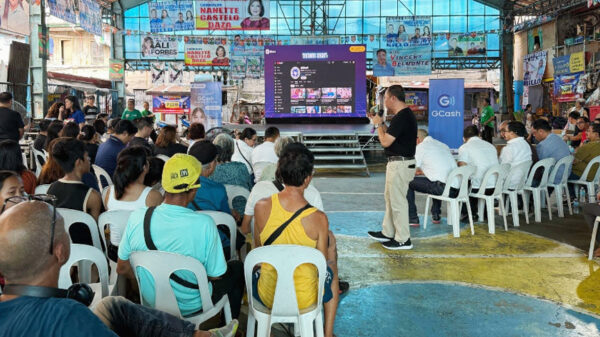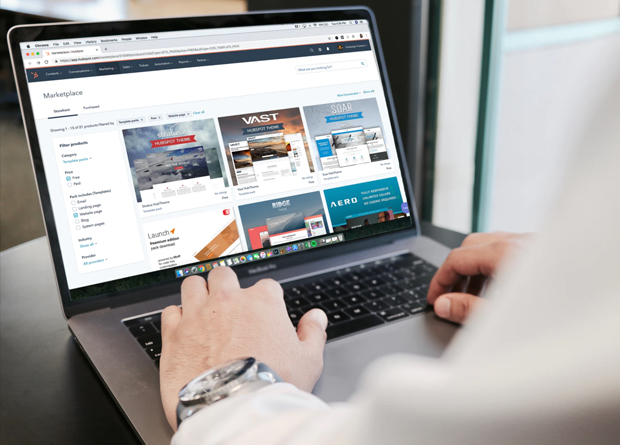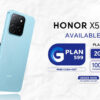By George Pepes
APAC Vertical Solutions Lead, Healthcare and Retail, Zebra Technologies
Over the last decade, the retail industry saw a shift in how it operates. With the rising popularity of online shopping, shopping is no longer limited to certain days of the week or within a rigid office hour timescale. Increasingly, brick-and-mortar stores recognize the importance of having a digital presence because of a shift in people’s buying behavior today.
The evolution of the e-commerce culture has particularly affected one demographic: millennials. At the heart of millennials’ modus operandi is the consumption of technology. After all, this is the Facebook and Instagram generation. As digital natives, millennials rely heavily on technology, from work to play, and most of all, their shopping.
Millennials’ obsession with technology is influencing the retail industry globally. For brands, this presents an opportunity to broaden their reach and market presence. That said, this also means that they need to have a digital presence, be it through social media, via mobile apps or an e-commerce website.1
According to Zebra’s Shopper Study 2020, 86 percent of millennial shoppers indicated that they shopped in a store and abandoned purchases only to end up buying the same item online. It is, therefore, essential for businesses to acknowledge the insights of millennials, especially when it is estimated that up to 75 percent of the workforce will be millennials by 2030.2
Clearly, millennials hold great sway when it comes to retail sales. But the question lies in the services that retailers need to offer in order to attract them, and the types of technologies to leverage on to accomplish that.
Service demand among millennials
In the Philippines, brick-and-mortar stores are still relatively popular despite the rapid growth of e-commerce. This can be seen with more than 130 foreign brands opening in the Philippines from 2017 to 2019. That said, retail stores acknowledge the importance of having an omnichannel presence and recognize that a physical store does complement its digital presence.3
The typical millennial mindset is one of instant gratification – an “I must have it now” mindset. Omnichannel has given rise to the practice of click and collect. This service enables stores to deliver better customer service by allowing consumers to place their orders online and then collect in-store, a local shop or lockers. In the case of in-store pick-up, the store itself makes the ideal picking location and with location analytics, a notification can even be sent to the enterprise’s picking systems when a click-and-collect consumer comes within a certain radius. This notification prompts staff to get the order ready. It’s seamless retailing.
Another area of growth driven by millennials is free returns. In fact, increasing numbers of e-commerce sales are accompanied by the offer of free returns to avoid unsure customers leaving with incomplete sales. E-commerce has created a new retail reality where consumers expect unlimited returns. This has generated a substantial cost for retailers – estimated to exceed $600 billion annually by the IHL Group.
One thriving e-commerce store in the Philippines offered a seamless and hassle-free return policy on its system to maintain customer loyalty. The company accommodates free returns as part of its “good customer service mission.”4
Returns have long been a pain point for retailers. With e-commerce returns running more than three times that of in-store purchase returns, retailers are always actively looking for solutions. Linking this back to the click-and-collect aspect of the omnichannel approach, we see one best practice methodology is to provide an in-store experience for customers to try out their goods, thereby minimizing the risk of damage or loss and bringing forward any returns, thus reducing the time stock is out of the inventory cycle.
For payment, millennials’ preferred method is mobile payments. This is due to the demographic’s disinterest in carrying cash. Retailers need to ensure mobile payments are at the forefront of their offering to engage with this specific audience.
Driving sales through IoT
Identifying the services that millennials look for is an easy enough task, but what technology is needed to deliver these? Managing the operations behind the shop front is a vital factor in retail strategy.
Central to the conversation here is the Internet of Things (IoT). While much of the discussion surrounding IoT may seem like hyperbole, connected devices are not only the future, they are the now. Zebra’s Intelligent Enterprise Index 2019 found that nearly 86 percent of retail decision makers are expecting an increase in their IoT spending over the next two years.
The study also revealed that retailers are investing in IoT technologies — from the beacons that beam shoppers with customized coupons to radio frequency identification (RIFD) tags that track inventory — to simplify, enliven and customize the shopping experience, generate revenue and reduce costs. Retailers are embracing IoT platforms to transform real-time, visibility-driven data throughout the supply chain into actionable insights.
Personalizing the customer experience
Aside from IoT, machine learning is playing a vital role in targeting millennials. This technology utilizes analytics and predictive models to help retailers personalize customer experiences and enhance inventory demand, forecasting and visibility, which result in increased repeat sales and greater customer satisfaction. This latter point is vital in today’s digital age, where millennials can post negative reviews if they feel they are getting shortchanged on the high street.
The final powerful tech available to retailers is automation. This often involves the identification of areas where mundane tasks can be automated, freeing up staff to focus on customer service and sales tasks. This technology is vital for ensuring orders are shipped efficiently, inventories are tracked meticulously, in-store inventory levels are monitored, and customers are provided easier ways to find their items. Automation could be described as the unsung hero in the retail mix.
The future checkout
Another important thing to consider in making an ecommerce store is making sure that your customers will have an easy checkout process.That’s why it’s important to maintain an optimized checkout page for a hassle-free checkout and to also avoid abandonments. This could also lead you to more profit sales.
Millennials make up the most influential key demographic in the growing retail industry. This means that retailers must give them what they want, when they want it. Otherwise, the retailer does not have a sustainable business model. The way to achieve this 21st century challenge is to employ the right technology both in-store and in the back office. Failure to do this could see millennials shopping elsewhere.


















































































































